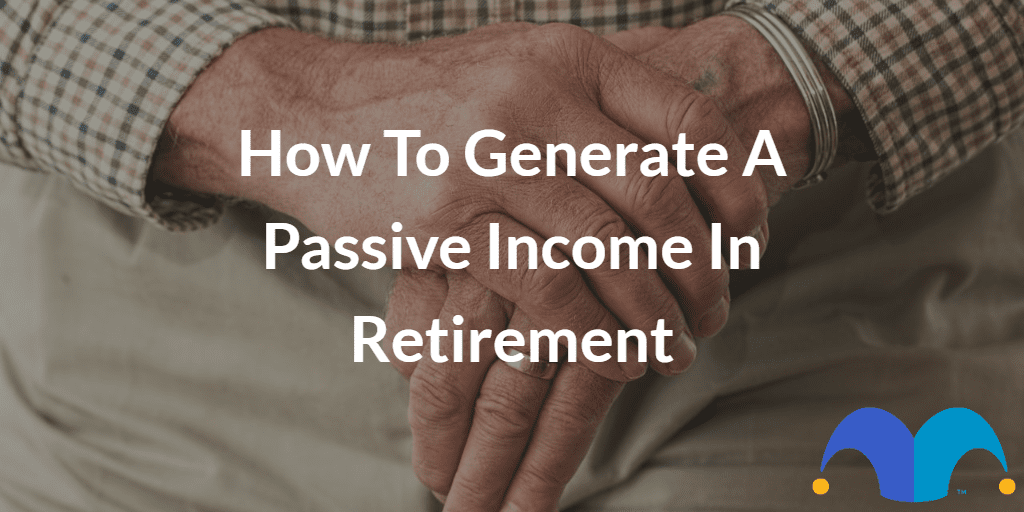With the State Pension amounting to just £8,767 per year, it could be valuable to generate a passive income in order to enjoy financial freedom in older age.
While the idea of generating a passive income may initially seem daunting, there are a number of assets available that could help you to reach your income goals.
Read on to find out more about them, as well as why it is a good idea to ensure you hold a diverse range of assets in retirement.
Investing in shares
Dividend-paying shares can offer a relatively high level of income. The FTSE 100, which is an index of the largest 100 companies on the UK stock market, has a dividend yield of 4.2% at the time of writing. This is likely to be higher than the income returns offered by many other assets, while the potential for dividends to rise over the long run could mean that shares have an inflation-beating income outlook.
Shares carry greater risk than many other assets, so it is important to research them before going ahead with a purchase. Factors such as the company’s debt levels, strategy and how much of their profit is used to pay dividends may be worth checking before buying them.
Should you wish to buy shares, opening an ISA could be a tax-efficient means of doing so. Researching various sharedealing providers could help you to find the best deal, with sites such as The Motley Fool offering a variety of reviews on them.
Investing in property
Purchasing a property is another means of generating a passive income in retirement. Even though property prices have risen significantly in recent years, it may still be possible to generate a relatively high yield in parts of the UK. However, due to the cost of buying property, it may be difficult to build a diverse property portfolio.
It is important to note that should a property you own go through a void period, or if a tenant fails to pay rent, this could cause a reduction in your income.
With the introduction of a 3% stamp duty surcharge in April 2016, as well as other tax changes, investing in property may be less appealing than it once was from a tax perspective.
Investing in bonds
Bonds are a popular means of generating a passive income in retirement. You lend money to a government or corporate entity, with the amount repaid on a specific date in future. In the meantime, interest payments, or coupons, are paid on the debt. They differ in level depending on the financial strength of the entity in question, with interest rates on less stable governments and businesses being higher than interest rates on more financially sound entities.
Although bonds can offer a more reliable income in some cases than dividend-paying shares, they lack capital growth potential. In some cases, this may mean that their total return is less than inflation. Over the long run this can lead to reduced spending power.
Bonds can be purchased through the same accounts as shares in many cases, with an ISA being a tax-efficient means of buying them.
Savings accounts
If you would rather not take any risks with your money but still want to generate a passive income, savings accounts could be an option. As long as you have less than £85k invested in a banking group, there is no risk of capital loss if it goes bust.
However, savings account returns are relatively low. At the time of writing, they are around 1.5% at best. Since this is lower than the long-term average inflation rate, it means that amounts held in them could lose their spending power over time.
It’s also important to note that no income tax is charged on the first £1,000 of interest income. For that reason, unless you will generate over £1,000 in interest income per year, having a savings account rather than a cash ISA could be a good idea.
The logic here is that you’re limited to putting £20,000 into ISAs during the 2022/2023 tax year. That’s £20,000 across all ISA accounts you have. If you’re earning less than £1,000 in interest on your savings, it’s likely that you won’t see any short-term benefit from the tax savings of a cash ISA, but you’ll have used up part of your ISA allowance.
Passive income tip: diversify
In order to enjoy a more consistent level of income, as well as a lower risk of loss, ensuring that you have a mix of assets from which to generate a passive income in retirement could be a good idea.
Shares, bonds, property and cash all have their advantages and disadvantages when it comes to risk and reward. While one asset may be right for one retiree, it may not be seen as ideal for another.
For example, shares may offer the highest income return at the present time. But they could experience a fall in value that then makes holding bonds a better idea, since their value may move in the opposite direction to that of shares during periods of uncertainty for the economy.
Therefore, diversifying with different types of assets in your portfolio may provide you with a more consistent income return that helps you to budget effectively in retirement.
